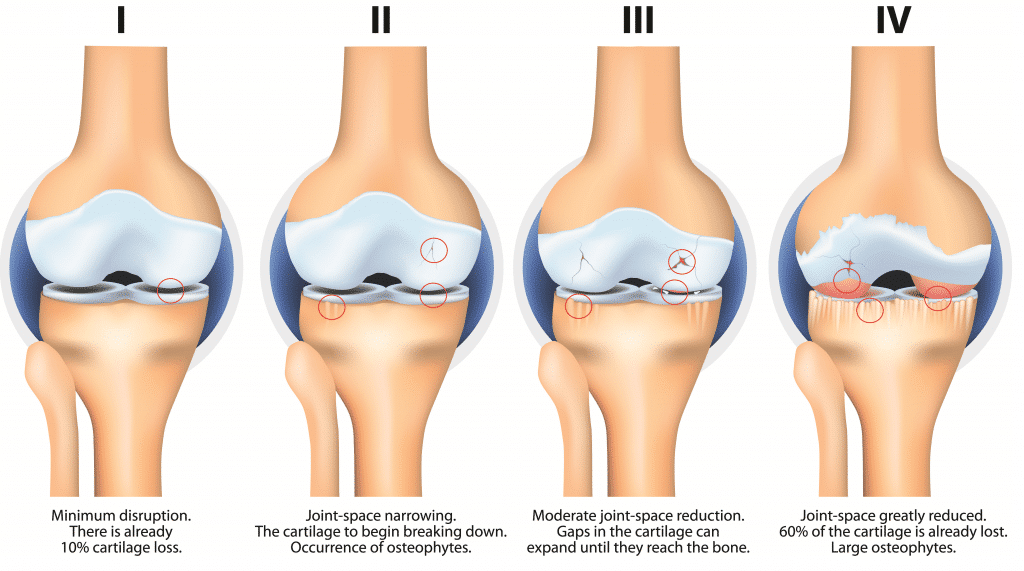Knee Osteoarthritis: Could we be doing better?
Living with knee osteoarthritis (OA) can be challenging, but the good news is that effective treatments exist. However, it is disheartening to discover that some of the commonly funded treatments, such as knee arthroscopy and opioid drugs, have proven to be ineffective. Today we will explore the findings of a recent research paper highlighting the need for a shift in funding priorities to support exercise-based management for knee OA. Let’s dive into the world of knee OA and discover how exercise can be the key to better outcomes.
Exercise-Based Treatments:
Contrary to popular belief, surgery and pharmaceuticals are not always the best solutions for knee OA. Numerous studies have shown that exercise-based treatments offer the most successful primary care for knee OA. Despite this evidence, exercise programs have faced limited funding and support, while surgical procedures like knee arthroscopy continue to receive generous funding. It’s time to acknowledge the effectiveness of exercise therapy and provide it with the resources it deserves.
The Opioid Epidemic:
Prescription opioids, although extensively used, have NOT proven to be beneficial in knee OA. In fact, their increased usage has contributed to a public health crisis. Australia, in particular, has witnessed a significant rise in opioid prescriptions for knee OA, surpassing referrals to physiotherapists, exercise physiologists or Sport and Exercise Medicine (SEM) physicians. It’s essential to address this issue and prioritise safer and more effective alternatives like exercise therapy.
Failure to Address the Opioid Epidemic:
Despite the mounting evidence against their efficacy, opioid prescriptions for knee OA continue to be allowed, while non-drug alternatives like PRP injections are banned. This imbalance in funding priorities disregards the well-being of patients and contributes to the opioid epidemic. It’s time to reevaluate these decisions and focus on treatments that have proven to be safe and effective.
Australia’s High Rates of Knee Replacement:
The skyrocketing number of knee replacements in Australia is indicative of the failure to address mild-to-moderate knee OA effectively. While knee replacements may alleviate pain, they come with a high rate of medical complications. Australia currently holds the highest age-standardised rate of knee replacements globally, surpassing other countries by a significant margin. This trend, if continued, could strain the availability of knee surgeons in the future.
Improving the Quality of Knee OA Treatment:
Efforts have been made to improve knee OA treatment by recommending exercise-based therapies and discouraging knee arthroscopy and opioids. However, these guidelines have not been accompanied by corresponding changes in funding and reimbursement decisions. This lack of alignment undermines the effectiveness of the guidelines. It is crucial to implement evidence-based funding models that prioritise effective treatments like exercise therapy.

Knee osteoarthritis can be managed effectively through exercise-based treatments. However, current funding priorities in Australia, and many other countries, do not align with the evidence. Knee arthroscopy and opioid prescriptions continue to receive generous funding, despite their lack of efficacy and potential harm. It’s time to shift our focus and invest in exercise therapy, which has proven to be safe and beneficial. By prioritising evidence-based funding decisions, we can improve the quality of care and outcomes for individuals living with knee OA.
Do you suffer from knee OA and want an evidence based treatment plan? Book in now with one of our clinicians.
Or contact us.
Orchard, J. W. (2022). Knee osteoarthritis in Australia: A 20-year case study of funding-system failure with poor outcomes. JSAMS Plus, 1, 100009.

